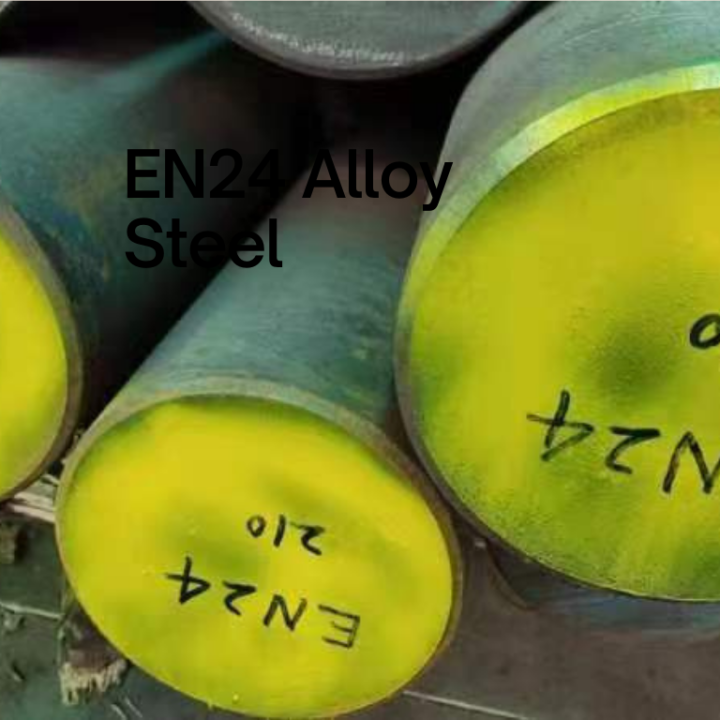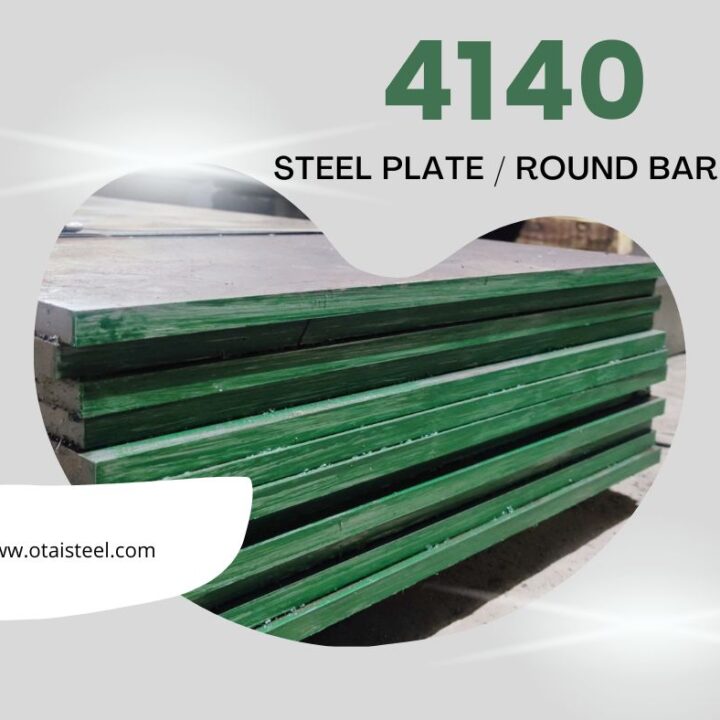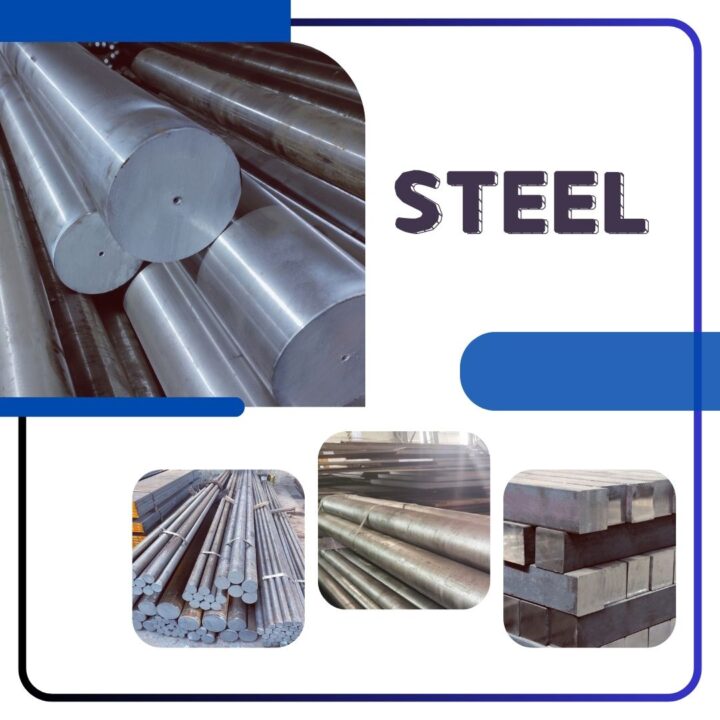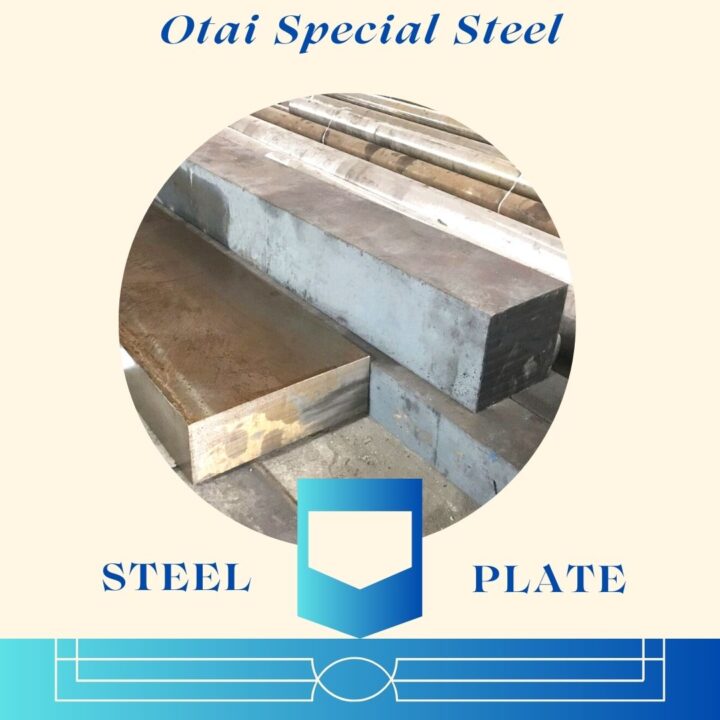The Composition of 34CrNiMo6 Alloy
At its core, 34CrNiMo6 is a low-alloy steel that belongs to the group of nickel-chromium-molybdenum steels. The alphanumeric jumble of its name is a coded representation of its key components. The “34” indicates the approximate percentage of carbon in the alloy, while “Cr” and “Ni” stand for chromium and nickel, respectively. The addition of molybdenum, denoted by “Mo,” further enhances its mechanical properties, such as toughness and hardenability.
The Power of Chromium
Chromium, a key player in the 34CrNiMo6 alloy, is a game-changer. This element not only contributes to the alloy’s corrosion resistance but also plays a pivotal role in enhancing its hardenability. The presence of chromium allows 34CrNiMo6 to withstand harsh environmental conditions, making it a go-to choice for applications where corrosion is a concern.
Nickel’s Impact on Toughness
Nickel, another significant component, brings toughness to the table. It acts as a toughening agent, improving the alloy’s ability to absorb impact energy without succumbing to fractures. This characteristic makes 34CrNiMo6 particularly valuable in applications requiring high levels of durability and resilience.
Molybdenum’s Magic Touch
Enter molybdenum – the secret weapon in the 34CrNiMo6 arsenal. This element is a key contributor to the alloy’s hardenability, ensuring that it can be effectively heat-treated to achieve optimal strength. Hardenability is crucial in applications where the steel needs to withstand heavy loads and endure challenging conditions.
Carbon’s Role in Strength
Carbon, the elemental backbone of many steels, imparts strength to 34CrNiMo6. The “34” in its name signifies the approximate percentage of carbon, a factor that influences the hardness and strength of the alloy. The controlled amount of carbon in 34CrNiMo6 strikes a balance, ensuring that the steel remains tough without sacrificing its machinability.
Heat Treatment: The Transformational Process
One of the defining features of 34CrNiMo6 is its response to heat treatment. This process involves subjecting the alloy to controlled heating and cooling cycles, leading to a transformation in its microstructure. Through quenching and tempering, 34CrNiMo6 can achieve a desirable combination of hardness and toughness, making it adaptable to a wide range of applications.
Applications Across Industries
The versatility of 34CrNiMo6 extends its reach across various industries. From manufacturing and engineering to automotive and construction, this alloy is a preferred choice where strength, toughness, and durability are non-negotiable. Its application in critical components like gears, shafts, and high-stress structural parts underscores its importance in ensuring the integrity of diverse structures and machinery.
Challenges and Considerations
While 34CrNiMo6 boasts an impressive set of attributes, it’s essential to address potential challenges. The alloy’s high hardenability may pose challenges in machining, requiring appropriate tools and techniques. Additionally, proper heat treatment is crucial to unlock its full potential, emphasizing the importance of precision in handling this formidable material.
Innovation and Future Trends
As technology advances, so does the exploration of alloys like 34CrNiMo6. Ongoing research aims to optimize its composition further, tailoring it to meet evolving industry demands. The alloy’s role in sustainable engineering is also gaining attention, with efforts to enhance its eco-friendly characteristics and reduce environmental impact.
In the intricate world of alloys, 34CrNiMo6 stands tall as a powerhouse of strength, toughness, and versatility. Its carefully crafted composition, featuring chromium, nickel, molybdenum, and carbon, sets the stage for a material that excels in demanding applications across industries. As we continue to push the boundaries of innovation, 34CrNiMo6 remains a beacon of durability, proving that in the realm of metallurgy, the right composition can unlock a world of possibilities. (The Composition of 34CrNiMo6 Alloy)









